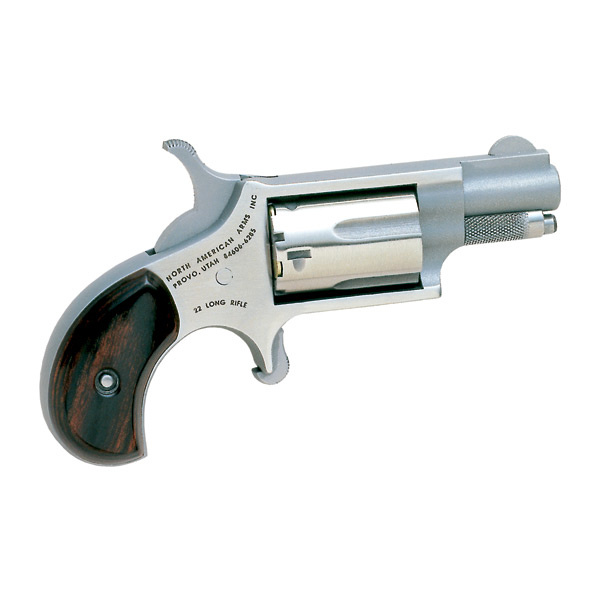
Pocket pistols present what’s easily some of the easiest to carry pistols on the market. But they aren’t always the best choice.
The name pocket pistol imparts its easy to carry in the pocket and is small enough to fit inside the pocket (With a holster, of course!) While you don’t have to pocket carry a pocket pistol, the name makes it simple to define. Speaking of, let’s define what exactly a pocket pistol is!
The Pocket Pistols
By the name, pocket pistol seems to infer a weapon small enough to fit into your pocket. True, that works, but with big enough pockets, you can carry anything. Let’s be specific. A pocket pistol is a very small gun, easily carried in the front pocket of an average pair of jeans. They often come in calibers smaller than 380 ACP.
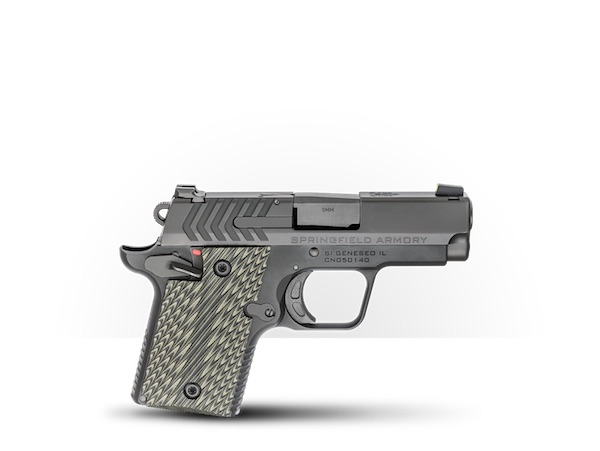
In the history of the world, that means a lot of calibers, but we’ll keep it focused on the more modern ones. Let’s focus specifically on the four big pocket pistol calibers: .32 ACP, .25 ACP, .22 Magnum, and .22 LR. These calibers are not just locked into pocket pistols, obviously, but we are going to look at the performance of these rounds from pocket pistols.
Are They Enough?
That’s a hot-button question. What does “enough” mean? Heck, if the sound of a .22 LR going off scares away the bad guy, is that enough? Let’s be a little more objective in our considerations, though. When it comes to the lethality of a round, there are a number of considerations to consider. The first is penetration.
Can a projectile penetrate deep enough to strike a vital portion of the body to shut down the attacker quickly and efficiently? To determine this, we have established standards that use ballistic gel as a medium to test penetration. The FBI standards require a projectile to penetrate at least 12 inches of properly calibrated ballistic gel.
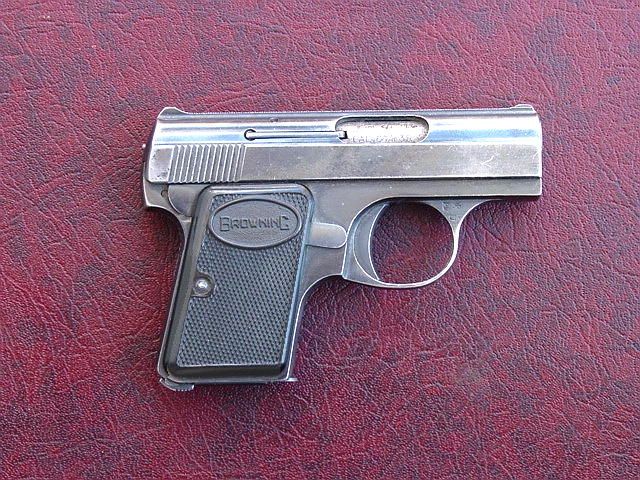
The second feature of modern projectiles that helps them stop a threat is expansion. Hollowpoint ammunition expands and grows in size as it travels through a soft target. The projectile grows, and this means more damage is done to the threat, which increases the chance of stopping the threat. The best defensive caliber should penetrate at least 12 inches while expanding and creating a larger wound path.
Who do pocket pistols sit on these scales? I used research done by Lucky Gunner, found here, to see how these four rounds do through gel and the expansion you can expect.
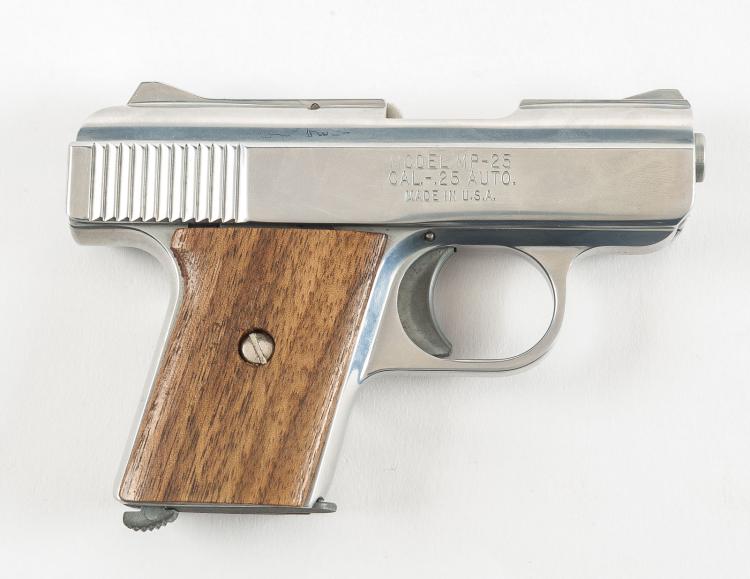
.32 ACP
The .32 ACP is the big boy of pocket pistol cartridges. That’s not saying much, but it does penetrate the best as the biggest and heaviest round. A .32 ACP projectile fired from a 2.7-inch barrel can penetrate effectively to 12 inches with the right ammo.
You’ll need to be ammo selective, and most expanding JHPs don’t do a good job of penetrating the required 12 inches. Heavy 73-grain FMJs penetrated consistently to 12 inches, whereas JHPs tended to be less reliable in the penetration department.
.25 ACP
Ooh boy, the .25 ACP kind of sucks. It was designed to provide an ultra-small pocket pistol caliber but be centerfire for greater reliability in a pocket pistol. None of the .25 ACP loads tested by Lucky Gunner consistently penetrated to 12 inches.
The best round to reach that level of penetration was 50-grain FMJs.
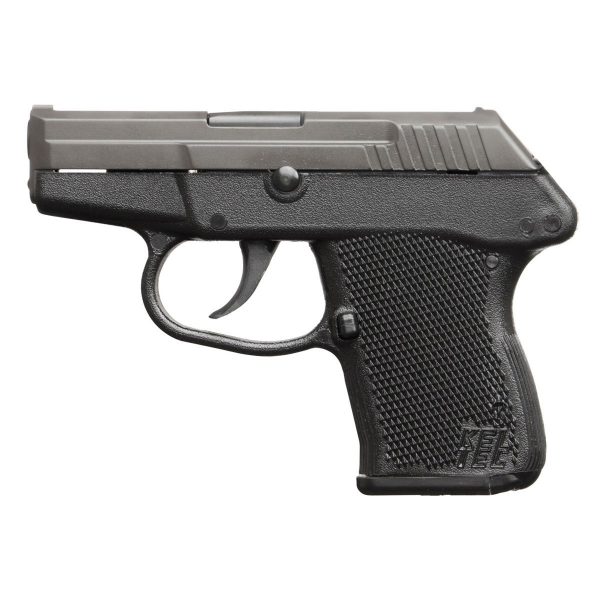
.22 Magnum
.22 Magnum might be slightly smaller than the .25 ACP, but it’s faster and hits harder even when fired from short 2-inch barrels. At the same time, the .22 Magnum seems to do fairly well at penetrating to 12 inches from a 2-inch barrel. Although it is worth noting, you should stick to lighter rounds with a 2-inch barrel for better penetration.
Self-defense loads from Hornady and Speer didn’t do a great job from the smaller gun. However, CCI Maxi-Mag JHPs did well. They penetrated to depth, but expansion wasn’t noticeable from the shorter barrel pocket pistol.
.22 LR
The little .22 LR is America’s favorite plinking round, but how does it perform in a defensive pocket pistol? Well, with a 2-inch barrel, most of the loads failed to reach the penetration depth required by the FBI standard. The only .22LR round that met the depth requirement from a 2- inch barrel was the 40 grain, CPHP, CCI Velocitor.
Expansion was also an issue, and the round didn’t expand even though it was a hollow point.
Should You Pack a Pocket Pistol?
As we can see, some pocket pistol calibers can reach the desired range of penetration. However, you have to be super picky about your ammunition and make sure it can penetrate deep enough when paired with the short barrel of a pocket pistol. Additionally, expanding hollowpoint ammunition either does not penetrate deep enough or doesn’t expand at all from short barrels.
Outside of expansion and shot placement, we have to factor in the human element of defensive shooting. That comes down to shot placement. Shot placement is putting the rounds where they need to be to shut down an attacker. This is the brain, the heart, lungs, spine, and similar areas that can shut down an attacker quickly.
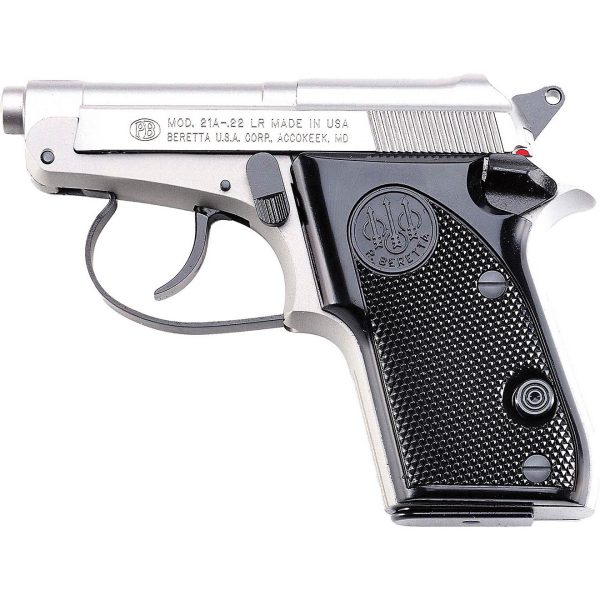
Pocket pistols can penetrate deep enough, and their expansion sucks, but what about shot placement? While accurate shooting is on the user, some guns are easier to shoot than others. Pocket pistols, with their small grips and short sight radius, are tougher to shoot accurately.
That means you have to get training with them. More training than those using bigger, more capable pistols. You have more skills to build and skills that will decline faster than most. You’ll need to stay sharp and stay ready.
The Little Fellas
If you choose to carry a pocket pistol, I won’t hate it. There are some situations where it’s impossible to carry anything larger. If you choose to pack a pocket pistol, you need to keep three things in mind.
- Be ammo selective
- Hollow points tend to fail in these guns
- You’re gonna need to train…a lot with your pocket pistol.
If you can remember those three things, you’ll be golden.
ABOUT THE AUTHOR:
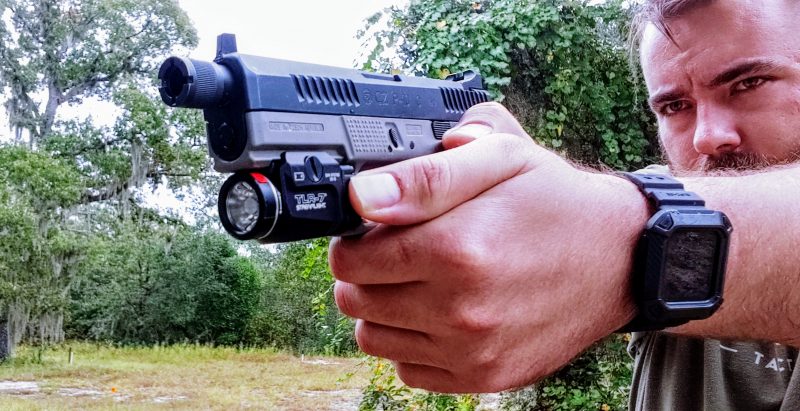
Travis Pike is a former Marine Machine gunner who served with 2nd Bn 2nd Marines for 5 years. He deployed in 2009 to Afghanistan and again in 2011 with the 22nd MEU(SOC) during a record-setting 11 months at sea. Travis has trained with the Romanian Army, the Spanish Marines, the Emirate Marines, and the Afghan National Army.
He serves as an NRA-certified pistol instructor and pursues a variety of firearms-based hobbies.
![]()
You may also enjoy these popular articles:
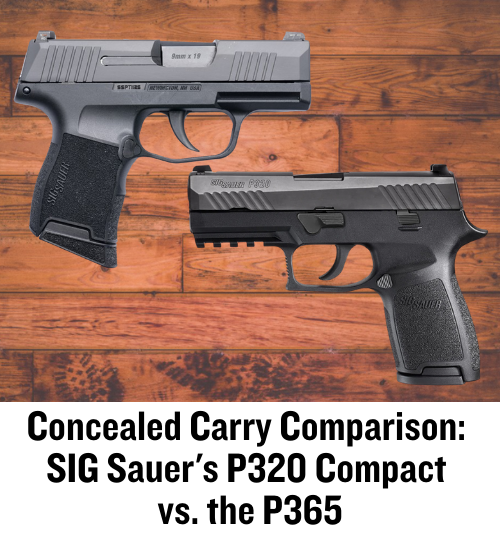

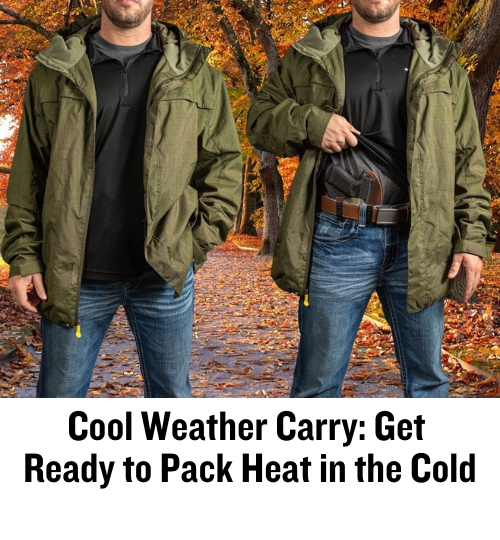

©MTC Holsters, LLC and CrossBreed Holsters Blog, 2022.
Unauthorized use and/or duplication of this material without express and written permission from this site’s author and/or owner is strictly prohibited. Excerpts and links may be used, provided that full and clear credit is given to Travis Pike and the CrossBreed Blog with appropriate and specific direction to the original content.
![]()

